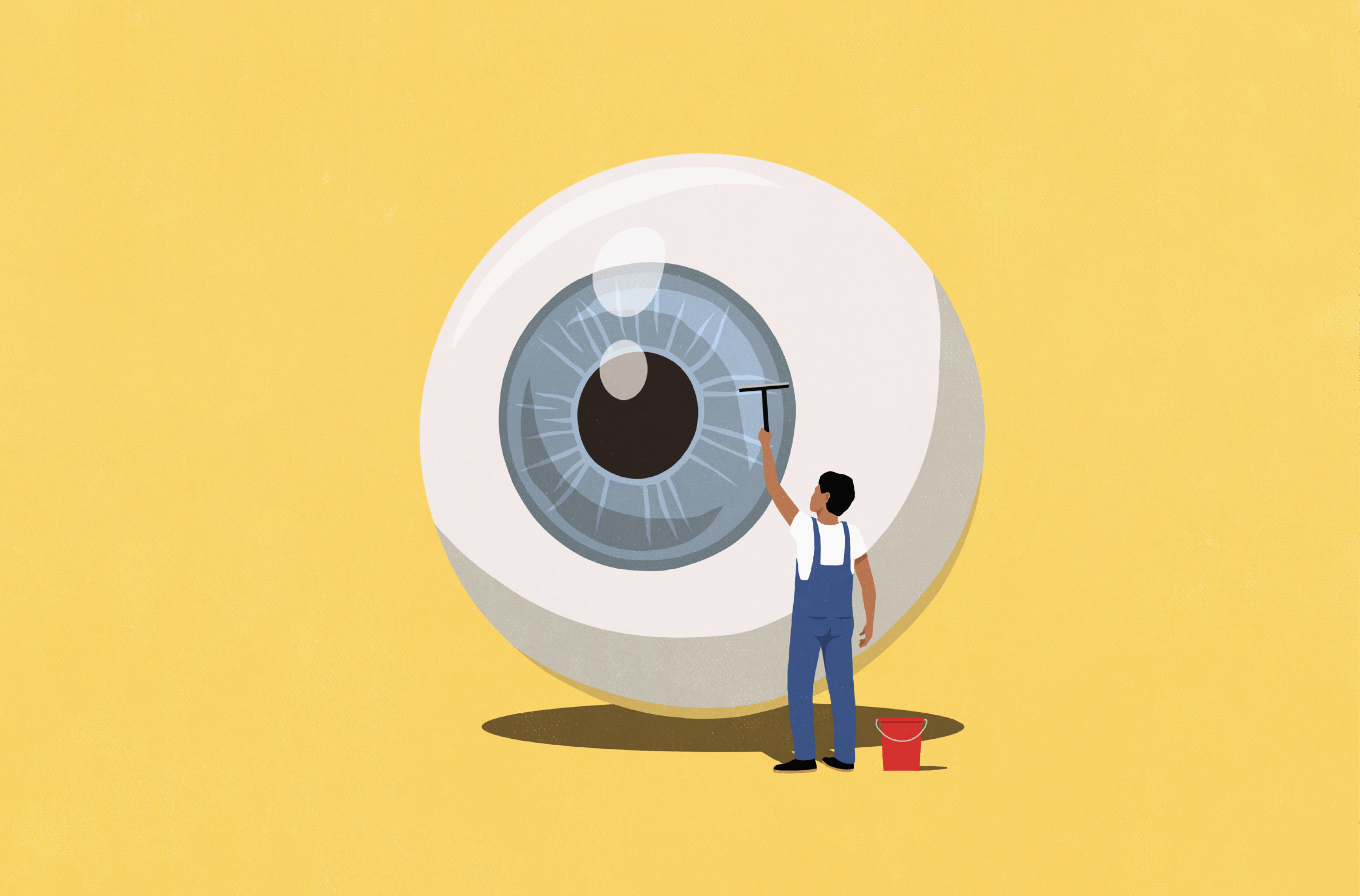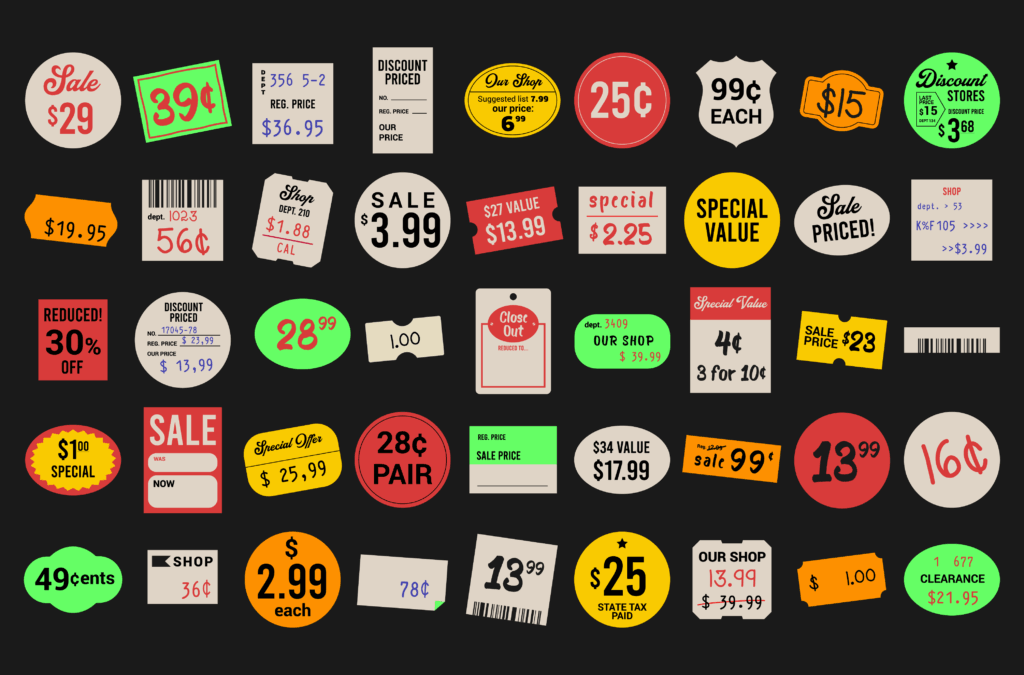
Five Vision Care Trends to Watch

In a rapidly evolving healthcare landscape, vision care is transforming.
To get a clearer view of where the industry is headed, we spoke with Jason Rome, chief commercial officer at vision benefits provider EyeMed Vision Care. Here, Rome shares five trends shaping the future of vision care—and what they mean for brokers, employers, and patients.
Aging Population Drives Demand
The first trend is the steady increase in the need for vision care services, driven by demographic shifts. As people live longer, more are experiencing vision issues.
“By 2030, experts project an additional 15 million eye exams will be needed annually [compared to 2020]. That’s a huge number—and it highlights just how important it is for vision benefits to keep pace with demand,” Rome says.
Vision benefits play a critical role in meeting the demand by making eye care more accessible and affordable. Investing in vision benefits now helps employers better prepare for the rising need, keep their workforces healthier, and reduce long-term healthcare costs.
Early Intervention Creates Better Outcomes
Fewer Americans are visiting their primary care doctor regularly, Rome explains. This has increasingly shifted the responsibility for early health issue detection to optometrists and ophthalmologists.
“Annual comprehensive eye exams are critically important,” Rome notes. “What a lot of people don’t realize is that a routine eye exam can detect early signs of over 270 systemic conditions—diabetes, hypertension, even some cancers.”
Innovation in Treatments
Treatment of vision problems is changing dramatically. “We’ve seen many new FDA-approved options, especially around age-related conditions,” Rome says. “Injectable treatments are becoming more common, and we’re also seeing innovation in childhood myopia control, like the EssilorLuxottica Stellest lenses that help reshape the eye.” (EssilorLuxottica is the parent company of EyeMed.)
He also notes growing interest in a new eye drop treatment among patients in their 40s who are beginning to experience difficulty reading up close—an early sign of presbyopia, the age-related loss of near vision. According to Rome, the treatment offers a less-invasive alternative to surgery and a more flexible option than traditional eyewear.
Remote Eye Exams Gain Ground
The COVID-19 pandemic accelerated the adoption of telehealth—and vision care is no exception. “Teleoptometry is here to stay,” Rome asserts. “It’s especially valuable for rural or underserved areas where access to providers can be limited.”
Patients visit a local clinic and interact in real time with a remote doctor, who guides the exam using on-site technicians and instruments.
Eyewear as Wearables
Perhaps one of the most futuristic developments in vision care is the rise of smart glasses. For Rome, wearables are a natural extension of eyewear. They’re a hands-free tool that integrates with an existing prescription and can open up new possibilities for their users, such as augmented reality, he says.
Rome cites examples like Ray-Ban Meta, which uses voice-activated controls, touch gestures, and open-ear audio allowing users to take photos, play music, make calls, and interact with Meta AI without reaching for their phone; and Nuance Audio glasses, which are a stylish, all‑in‑one eyewear solution that discreetly integrates directional microphones and open‑ear speakers into lightweight frames to amplify speech and reduce background noise for users with mild to moderate hearing loss. (Ray-Ban and Nuance are owned by EyeMed parent company EssilorLuxottica.)
“It’s not science fiction anymore,” Rome adds. “These devices are already helping people navigate the world more effectively.”
Looking Ahead
“From identifying health issues earlier to using smart glasses that enhance how we interact with the world, the changes in vision care are truly exciting,” Rome concludes. “Vision care is rapidly evolving and brokers are uniquely positioned to guide their clients through a changing landscape. Armed insights on these key trends, brokers become strategic partners, helping employers choose vision plans that attract talent, control healthcare costs, and support long-term wellness.”




